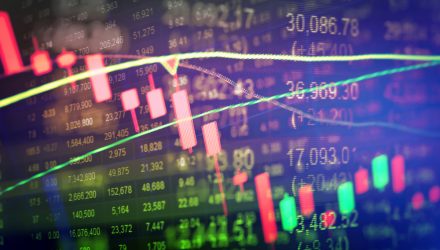By Tim Holland, Brinker Capital
Market volatility is often a catalyst for ill-timed trading decisions by investors who seek to take a long-term view of things but find their good intentions and thoughtful plans overwhelmed by angst and anxiety. So, as we continue to navigate a very bumpy 2022, we continue to try and understand the reasons for the recent market weakness, put said weakness in perspective, determine if we should reconsider our optimistic outlook on the economy and the markets, and finally, keep in mind the upside of a drawdown.
Taking that task list in order, we see the Fed’s hawkish pivot and the recent Omicron-driven spike in the COVID-19 case count as the primary causes for the market sell-off, with the Russia / Ukraine situation weighing on risk assets of late. We remind ourselves that the S&P 500 is off less than 10% both year-to date and from its all-time high, while in any given year the market pulls back 15% peak to trough. We are still optimistic about the US economy and market, noting that the COVID-19 case count has dropped dramatically, corporate revenues and earnings both continue to grow meaningfully and the US consumer – the bulwark of the US economy – is benefitting from rising wages, ample savings, and home price appreciation.
As it concerns the upside of a drawdown, market pullbacks tend to serve two positive purposes – they help reset valuation at a lower and more supportive level for stocks and they tend to push investor sentiment towards pessimism, a contrarian indicator for stocks (or as Warren Buffett has famously put
it, you want to be fearful when others are greedy and greedy when others are fearful). On that final point, we would note that the most recent investor sentiment survey from the American Association of Individual Investors shows just 19% of respondents as being optimistic on the market, half the historical average.
Want to see how Brinker puts these insights into practice? Check out their investment models.

